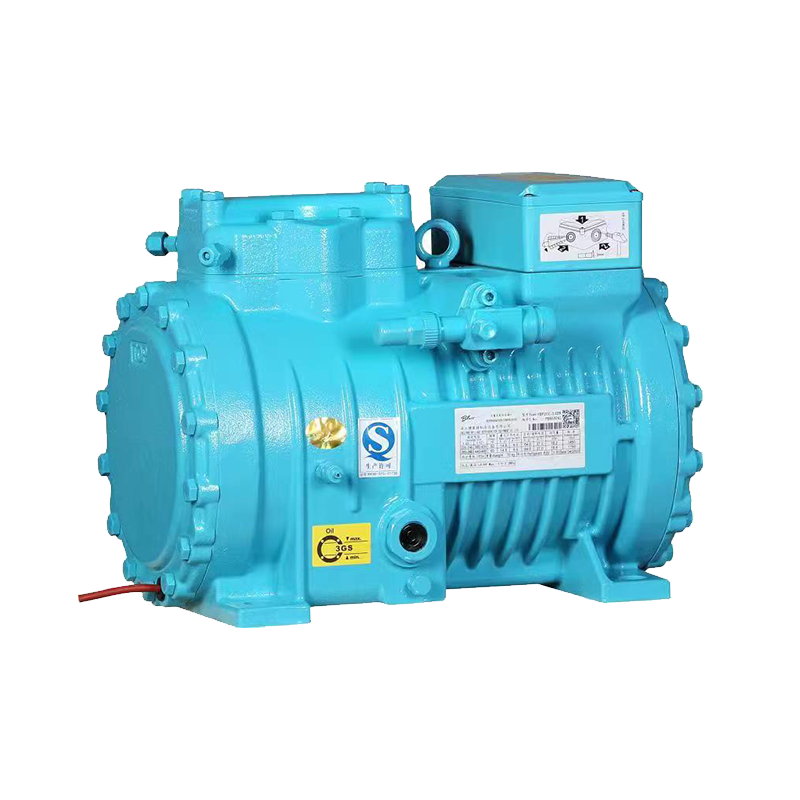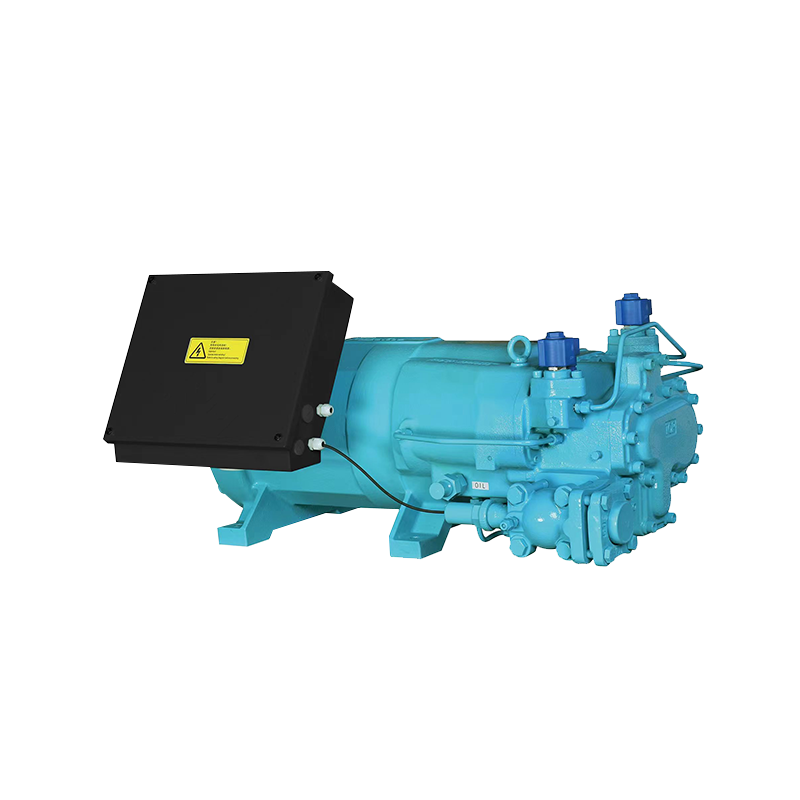In modern industry, commerce, and even daily life, refrigeration and heat management play a crucial role. Behind this, the condenser, as one of the core components, plays an indispensable role. Many people's understanding of condensers is limited to "heat dissipation," but in reality, a high-efficiency condenser performs three core functions, directly determining the performance and energy efficiency of the entire system.
Content
- 1 Core Function 1: Efficient Gas-Liquid Phase Change (Heat Release)
- 2 Core Function Two: System Pressure and State Adjustment (Constructor of the High-Pressure Side)
- 3 Core Function Three: Ensuring Long-Term Stable System Operation (Cleaning and Maintenance)
- 4 Conclusion: The Three Core Functions of a Condenser
Core Function 1: Efficient Gas-Liquid Phase Change (Heat Release)
The most basic and important function of a condenser is to realize the phase change process of the refrigerant.
Working Principle: In the refrigeration cycle, high-temperature, high-pressure refrigerant vapor enters the condenser. It exchanges heat with the external cooling medium (such as air or water) through internal pipes.
Heat Release: The refrigerant releases a large amount of heat to the external medium, its own temperature decreasing accordingly, eventually condensing from a gaseous state into a liquid state. This process releases heat and is a key step in the system's release of heat absorbed from the evaporator into the environment.
Core Function Two: System Pressure and State Adjustment (Constructor of the High-Pressure Side)
The condenser is not only the site of heat release, but also a crucial component in constructing the high-pressure side of the refrigeration cycle.
High-Pressure Side Stability: The refrigerant at the condenser outlet is in a high-pressure liquid state. This ensures that the refrigerant maintains the necessary high-pressure conditions before entering the throttling device.
Affecting the Expansion Valve/Capillary Tube: Stable high-pressure liquid is a prerequisite for the expansion valve or capillary tube to effectively throttle and reduce pressure. If the condenser is ineffective, the high-pressure side pressure will drop, directly affecting the subsequent evaporation and heat absorption effect.
Core Function Three: Ensuring Long-Term Stable System Operation (Cleaning and Maintenance)
The design and material selection of modern condensers also bear the responsibility of ensuring the long-term reliable operation of the system.
Corrosion Resistance and Pressure Resistance: Whether it's an air-cooled condenser used in an outdoor air conditioning unit or a water-cooled condenser used in large industrial refrigeration equipment, they require corrosion-resistant materials (such as copper pipes, aluminum fins, or specific stainless steels) to resist environmental erosion and pressure changes inside and outside the system, ensuring the durability of the heat dissipation components.
Ease of cleaning: Especially for condenser fins exposed to air, the design needs to facilitate cleaning to remove dust and dirt, as dirt can severely reduce heat dissipation performance and increase energy consumption.
Conclusion: The Three Core Functions of a Condenser
The three core functions of a condenser are: releasing heat to complete the phase change, building and maintaining high pressure on the high-pressure side, and ensuring long-term stable operation. As the "heat dissipation heart" of the refrigeration system, its performance directly affects the energy efficiency and lifespan of equipment such as refrigerators, heat pumps, and central air conditioning systems. Choosing a high-efficiency, durable condenser is a crucial step in achieving environmentally friendly and energy-saving operation.

 English
English Español
Español عربى
عربى русский
русский











